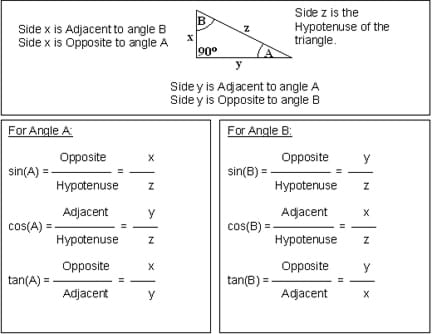Hello I posted this about a week ago in the answer hub but haven’t gotten what I need to move past it yet so I hope it’s cool if I post here to sort of draw attention to my problem. I am sure it is simply a math issue that I am not grasping but any help would be massively appreciated.
For those who do not wish to follow the link I will copy/paste my post in answer hub below the link.
Hello. I am working on a carry system similar to Half-life and Deus Ex where pressing interact on an item in the world such as a crate attaches that item to a socket on the root bone of my first person player skeleton. My problem is that I would like for the item to lift up and down when i aim up and down but without curving towards me as I do so. I am not quite sure how to explain this better so I am attaching an image to better express my difficulties. I was initially using no socket and using the teleport method for attaching the actor and positioning it however I found that this introduced a lot of bugs and weirdness to work around so I decided to do this with a two step process of attaching the item to a socket on my root bone and then using the teleport method to keep the item oriented in the viewport (if this isn’t making any sense hopefully the screen grab I post of the relevant bit of graph will help explain) This works superbly for keeping the item oriented for my player but not so much for the axis constraint.
I have tried as number of things but nothing seems to work. I feel like this should be something pretty simple and I am sure that it is and I am just missing it somehow but I just can’t seem to come to a solution for this on my own.
You will notice in the blueprint there is no attempt to constrain the item at all. This is simply because everything I have tried has failed and as such been removed. I am hoping to get some better ideas here.
By the way the red crosshair in the image represents the socket on my skeletal mesh.
A Huge thanks and endless gratitude goes to whoever can help me reel this issue in.


